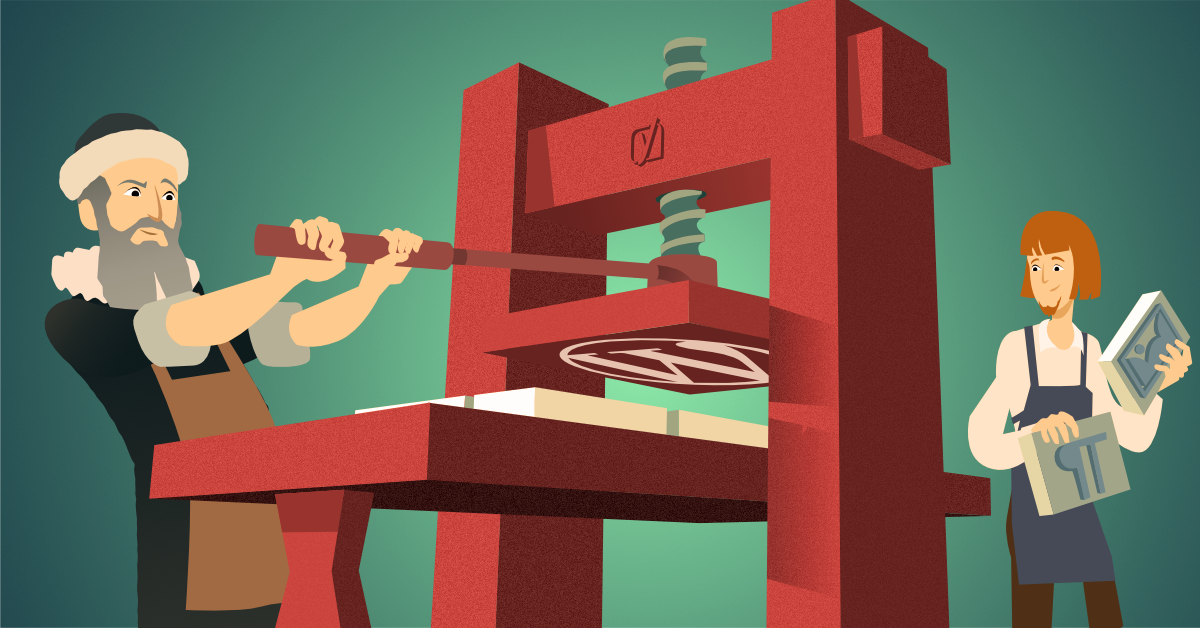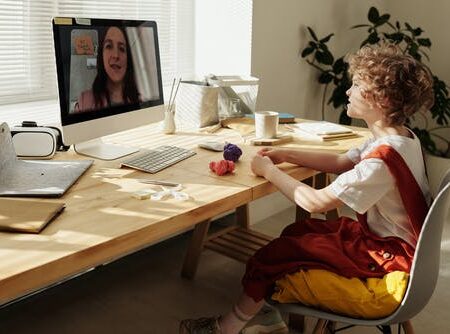

Educating our Children III – Reorganizing the delivery of education
With our oldest just off to University and as the younger two are reaching the end of high school I find myself generally disappointed with the inefficiency of our education system for K-12. Having watched the struggles and the successes of three kids up close, I see what I am sure millions of parents ahead of me have seen. It makes no sense to me that in a world that is so different than that of Laura Ingalls that we haven’t made much progress in the schoolhouse or the classroom.
Oh sure, we don’t drop our kids at the schoolhouse on our horse drawn wagon on our way to town to pick up supplies and most schools have replaced their blackboards with white boards or smart boards (my friend Mike makes a really cool smart board that syncs with your PC and phone). But we still have the model of shuttling our kids to a central location to sit in chairs at a desk and listen to a teacher at the front of the room. I am not sure if sitting is the new smoking, but I am convinced that a sedentary lifestyle isn’t good for our long-term health. We need to get up and move around more than we do when we sit at school or work for hours on end. Also, this educational model that we have had for 100+ years is pushing all our kids into a format that is probably best suited to fewer than half of them.
Education Battle Ground
What got me thinking about this a lot over the last few years was two separate workers strikes that we had here in Windsor last year. The first strike was our library workers. The second was the support staff in the high schools.
The strike by librarians and other library staff started June 25, 2016. Since school was getting out for the summer the strike didn’t get much attention for a few months but when school reopened the media started to focus on it more. In this modern day of computers and google search, one could argue that librarians are more valuable than ever before, by helping students sort through the volumes of available information to glean the sources that are most relevant.
As the school year progressed, and my oldest son shutout of his preferred location for study, Tim Horton’s and Starbucks became his new home (and his new expense). The strike eventually ended after 231 days making it the “longest strike in local history.” But not before I started to wonder why we let ourselves be locked out of our libraries just because there were no librarians. If the librarians can’t be there then fine, but that shouldn’t curtail our access to the tables, chairs and computers that the taxpayers are providing. So, it seems to me that we don’t have the right building design if all our assets are locked inside a room that requires a librarian to unlock the door – maybe just the books should be behind those doors and the tables, chairs and computers should be more accessible – possibly even for longer hours.
The second strike involved the support staff and custodians at our schools. My key observation is that the union’s exercise of its lawful right to picket caused hours of delay for students and teachers trying to enter the school. Most days first period was wasted and often the second period too. In business, this lost time would clearly lead to lost productivity and lost income. But the students harmed by this lost class time ended up on track to complete their courses. Somewhere in here is an indictment on the value of class time.
Brave New World
More than five years ago, one of my clients Tim, a self-professed math nerd, introduced me to Khan Academy. By now most of my readers will know what this is – but for those that don’t – it is Sal Khan’s effort “to provide a free, world-class education for anyone, anywhere.” I have encouraged my kids since middle school to take this resource seriously and I can see why some parents have opted for home schooling given the robust tools that are now available to them to assist in meeting the curriculum demands.
What I love about Khan Academy is not only its highly engaging format – but also its 24/7 availability from anywhere that you have internet access. Studies show that lots of teenagers have trouble getting up early for school and are not at their productive best until later in the day. This isn’t true for every kid so just changing the school day to 11am to 6pm will help some and undoubtedly hurt others. A more flexible system of study and school interaction should be something that we are striving for in today’s modern world.
Change is Uncomfortable
All in, I think we need a more entrepreneurial approach to education where students have more flexibility in how they access learning opportunities, educational tools, and support as well as the ability to time their studies and other activities to their natural rhythm. What we need is a major overhaul of the system, not some minor tinkering of bus schedules.
So why won’t this work? Well it will – the road will be bumpy – but we can make the system better. Since it will work, the better question is why aren’t we doing it? Sadly, it is about the discomfort of change. How will we know our kids are educated if we don’t have a diploma from a certified learning institution? Who will supervise our kids during the day while we work if we aren’t sending them to school? What if we try something new and it fails? How will we help our kids build social skills and teach them ideas and values beyond the three R’s?
On top of these concerns we also have inertia of our investments in buildings and teachers – where would all those capital investments be re-deployed? What would happen to the employment of teachers?
Surely these are hard questions – but in the end the biggest question is whether we are getting the best we can from our education system. Surely the answer is no. We spend copious sums of money herding our kids through the K-12 system – many of them then herded on to college and university. Many kids finish school with the wrong skills for the jobs available or maybe the right skills but with an imbalance between the qualified and the number of jobs. We can’t even declare that as old-fashioned and expensive as the system is, we are getting great results. We aren’t. We are simply wasting a lot of time and money.
Change isn’t always easy and it isn’t always immediate – but that is no justification to simply accept the status quo just because ‘this is the way we have always done it’ or because change will be hard. Someone at the top of the education food chain needs to be brave enough to start us moving in a new direction before the world passes by our children and grandchildren.




Comments
1